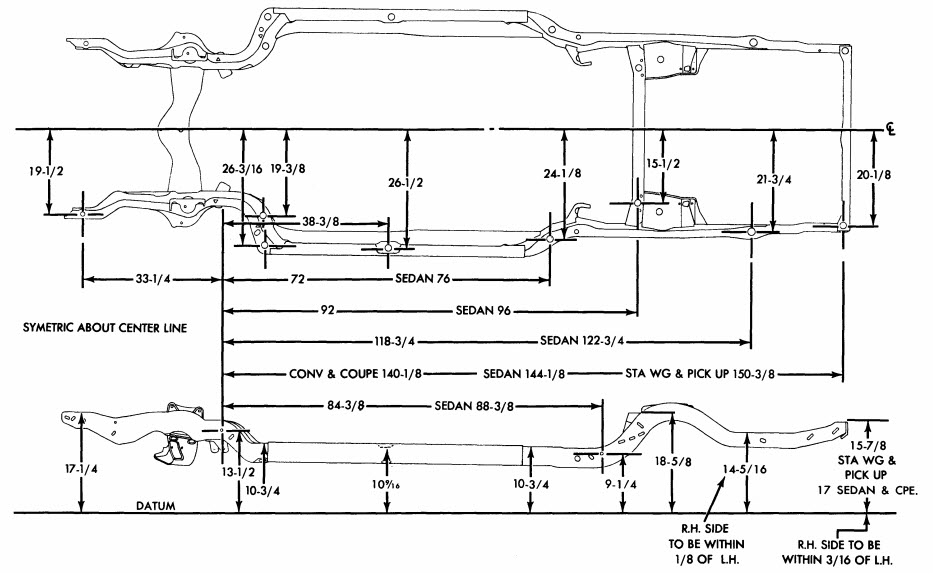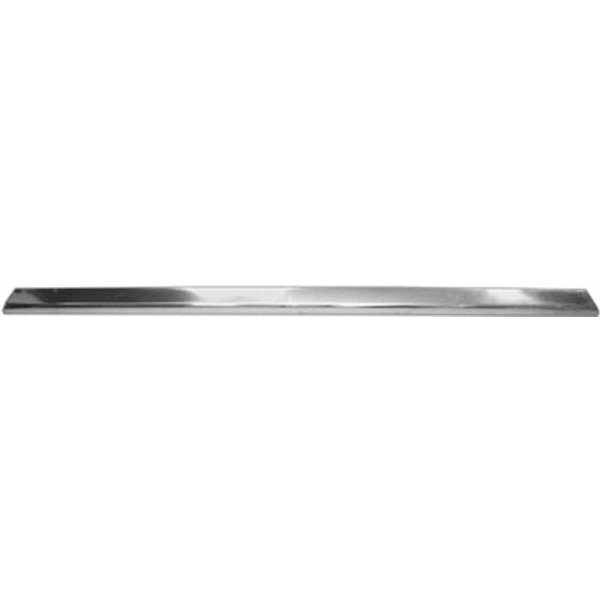

- 1968 el camino tailgate drivers#
- 1968 el camino tailgate driver#
- 1968 el camino tailgate manual#
- 1968 el camino tailgate skin#
Mike is working on grinding down the hood and getting it ready for body work.
1968 el camino tailgate skin#
Larry has finished fitting on the new quarter skin for this El Camino’s Restoration. Larry is fitting the new quarter skin today. Mike is cutting out the old quarter skin in preparation of the new one for the 1968 El Camino.
1968 el camino tailgate drivers#
The new drivers quarter is in for the Chevy El Camino. Mike continues to work on stripping down the El Camino for this muscle car restoration. Mike continues to strip the paint off the body for this muscle car restoration. Mike is working on disassembling the El Camino to prepare it for body work. So far we have been working on removing old parts, restoring the brakes, installing new shocks and getting the engine bay ready to paint. We will be repairing the body damage, repainting the vehicle, rhino lining the bed, installing a 350 crate engine and restoring the mechanical systems of the vehicle.
1968 el camino tailgate driver#
Our client has contracted us to do this project with the idea of a clean, daily driver in mind. But the El Camino didn’t have to worry about playing catch up in 1966, and it never would.Dan has just started the restoration of this 1968 El Camino. This was obviously a good thing, particularly since Ford beat Chevy to the car/truck hybrid in the first place, and continued to produce the Ranchero while the El Camino was on hiatus from 1961-1963. Though the gap between the cars would vary somewhat as the years passed, the El Camino would continuously sell more models than the Ranchero. Fortunately, the El Camino still sold more than 12,000 more cars than the Ranchero during the production year. While sales of the El Camino continued to rise steadily in 1966, so did the sales of its main competitor, the Ford Ranchero. The base price of the cars had risen only $43 over the year before, and the El Camino started at $2,504. While this would drop slightly the following year, the number would break the 40,000 mark during the 1968 model year. Total production for the year was 35,119. The Custom package also added a vinyl/cloth mixed interior and carpet to the floor. While in years past the Custom package had added wheelhouse moldings, these were not installed on any El Caminos for 1966. The Custom package could be chosen that added a wood grain plate to the tailgate, and bright outside trim molding that was thinner than it had been in previous years. 1966 El CaminoĪs had been the case since 1964, there was technically only one El Camino model, though this could be customized in numerous ways. Included on all El Caminos in 1966 were special high rate springs and double acting shocks at each wheel.
1968 el camino tailgate manual#
Additionally, those choosing an El Camino with a V8 also could choose a four-speed Muncie manual transmission. All cars came with a standard three-speed manual transmission, and the two-speed Powerglide automatic transmission also was available. There was the additional choice of a 283 CID V8 or a 327 CID engine. Base models still came standard with a 194 CID six-cylinder, and that could be upgraded to a 230 CID six. Other than the new 396’s, engine options did not change much from the year before. A second version of the 396 was available for the El Camino, however, and was rated at 325 horsepower. Despite the similarities in the El Camino and the Chevelle, the latter’s 375-horsepower version of the 396 was not available in the El Camino. Perhaps the only downside to the new engine was that it didn’t increase horsepower over the previous year, and the most powerful engine option available was rated at 350 horsepower. But perhaps the biggest news was the introduction of the 396 V8 engine to the El Camino. The same grille also was installed on the Chevelle that year, which made sense as the El Camino was based on the Chevelle platform.

The first was the new grille, which differentiated the cars look from the year before and has been described as giving the car a bolder look. The 1966 model year was no exception, and so it seemed that Chevy seemed content to leave the car relatively unchanged for the year model, with a few exceptions. After Chevy introduced the second-generation of the El Camino in 1964, it had been a success, and sales numbers were growing steadily every year.


 0 kommentar(er)
0 kommentar(er)
